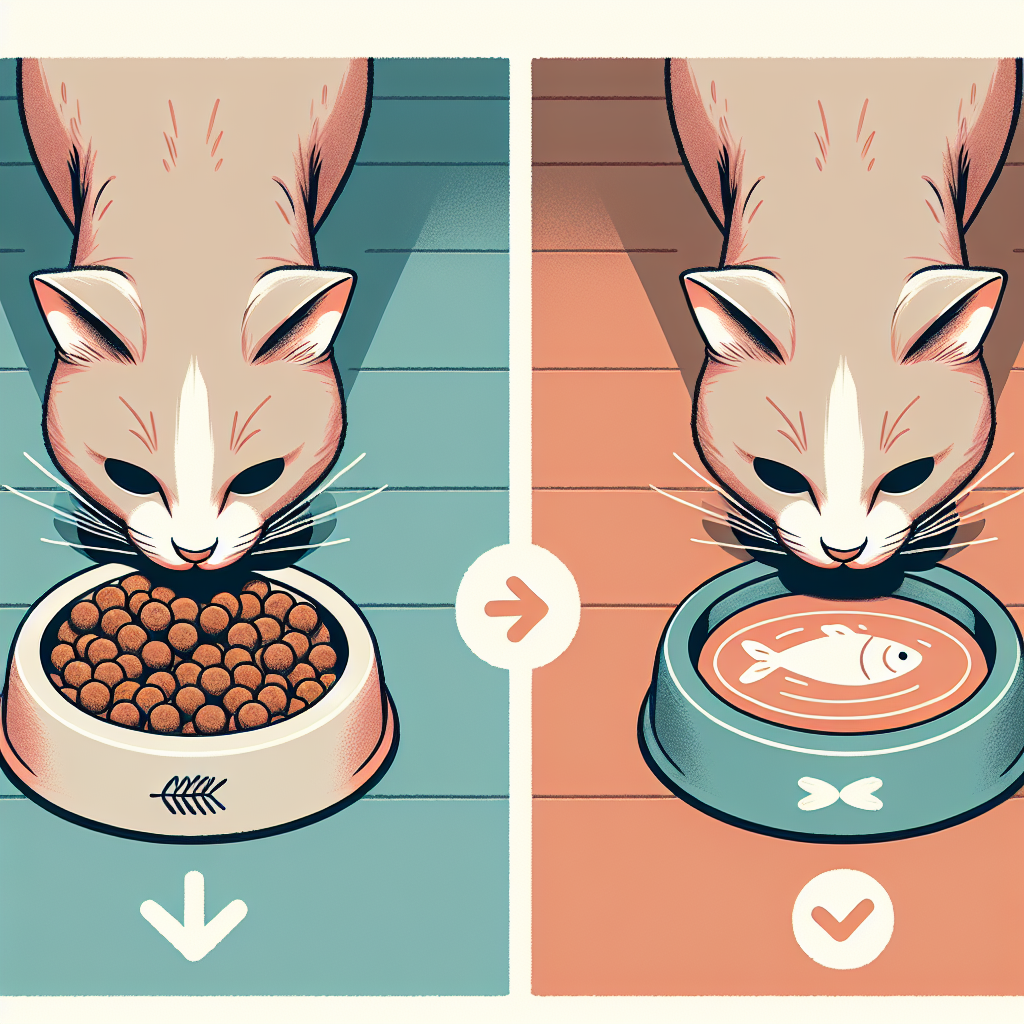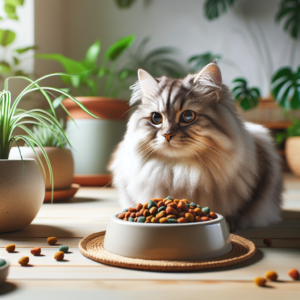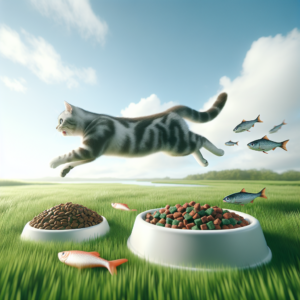
Transitioning your cat to a new diet can be a daunting task for both you and your feline friend. Whether you’re switching to a different brand, moving from dry to wet food, or transitioning to a specialized diet, it’s crucial to make the change smoothly to prevent digestive issues and ensure your cat’s overall well-being. This article provides comprehensive tips for a seamless cat food transition, emphasizing the importance of patience and observation throughout the process.
Understanding the Need for Change
Before diving into the transition process, it’s essential to understand why a change in diet might be necessary. Common reasons include addressing specific health concerns, improving nutritional intake, or simply responding to your cat’s changing preferences or life stages. Consulting with your veterinarian can provide valuable insights into the most suitable diet for your cat’s unique needs.
Health-Driven Changes
Certain health conditions, such as allergies, obesity, or kidney disease, may require specific dietary adjustments. For example, a cat with kidney issues might benefit from a diet lower in phosphorus and protein. Understanding the health benefits of the new diet can guide your transition strategy.
Lifestyle and Preference Changes
As cats age, their dietary needs and preferences can change. A senior cat might need food that is easier to digest, while a picky eater might simply prefer a different flavor or texture. Recognizing these shifts can help you make informed decisions about their diet.
Gradual Transition Process
A gradual transition is crucial to avoid gastrointestinal upset and to help your cat adjust to the new food. Abrupt changes can lead to diarrhea, vomiting, or refusal to eat. Here’s a step-by-step guide to ensure a smooth transition:
Step 1: Initial Introduction
Start by mixing a small amount of the new food with your cat’s current diet. A typical ratio might be 75% old food to 25% new food. Monitor your cat’s reaction over the next few days, watching for any signs of digestive distress.
Step 2: Gradual Increase
If your cat is tolerating the new food well, gradually increase the proportion of the new food while decreasing the old food. A suggested schedule could be increasing the new food by 10-15% every few days. Adjustments should be made based on your cat’s response.
Step 3: Full Transition
Continue this gradual increase until your cat is fully eating the new food. This process typically takes about 7-10 days but can be extended if your cat shows signs of distress. Patience is key to a successful transition.
Monitoring Your Cat’s Response
Throughout the transition, monitoring your cat’s health and behavior is crucial. Look for signs that indicate how well your cat is adapting to the new diet.
Digestive Health
Keep an eye on your cat’s litter box habits. Consistent diarrhea or constipation can be a sign that the new food isn’t agreeing with them. If these issues persist, consult your veterinarian.
Appetite and Weight
Observe changes in your cat’s appetite and weight. A sudden increase or decrease could indicate dissatisfaction with the new food or underlying health issues. Weigh your cat regularly to track any significant changes.
Behavioral Changes
Your cat’s behavior can provide clues about their comfort with the new diet. Increased lethargy, irritability, or hiding could suggest they are not feeling well. These changes warrant a closer look or a vet visit.
Addressing Picky Eaters
Some cats are notoriously finicky about their food. Here are a few tips to encourage picky eaters to accept a new diet:
Flavor and Texture Preferences
Experiment with different flavors and textures to find one that appeals to your cat. Some cats prefer pate over chunks, or vice versa. Offering a variety of options can help identify their preferences.
Warming the Food
Warming canned food slightly can enhance its aroma, making it more enticing for your cat. Be sure to test the temperature to ensure it’s not too hot before serving.
Using Treats
Incorporate a few of your cat’s favorite treats into the transition process. This can create positive associations with the new food and increase your cat’s willingness to try it.
Special Considerations for Kittens and Senior Cats
Kittens and senior cats have unique dietary needs that require special attention during a food transition.
Kitten Nutrition
Kittens need nutrient-rich diets to support their rapid growth and development. When transitioning, choose a food formulated for kittens and ensure the transition is gradual, as their digestive systems are still developing.
Senior Cat Nutrition
Senior cats may require diets lower in calories and higher in fiber to maintain a healthy weight and digestive system. Monitor their response closely and adjust the transition pace as needed.
Consulting Your Veterinarian
While this article provides general guidelines, it’s essential to consult your veterinarian for personalized advice. They can offer insights into the best dietary options for your cat’s specific health needs and help you navigate any challenges during the transition process.
Conclusion
A seamless cat food transition requires patience, observation, and a willingness to adapt based on your cat’s unique needs. By understanding the reasons for the change, following a gradual transition process, and monitoring your cat’s response, you can ensure a smooth dietary shift that supports your cat’s health and happiness. Always remember that your veterinarian is a valuable partner in this journey, offering guidance and support tailored to your cat’s individual requirements.
“`
#ChatGPT assisted in the creation of this article.







